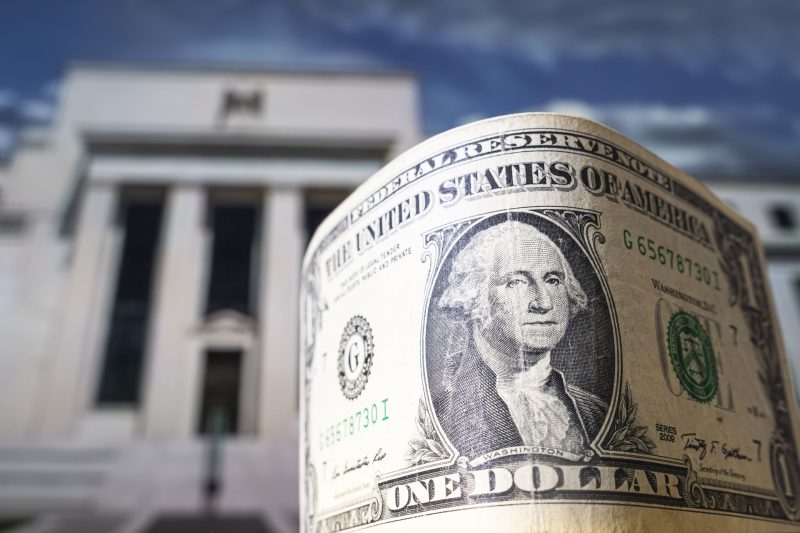A Fed Rate Cut and its Impact on Savings
The recent decision by the Federal Reserve to cut interest rates has sparked discussions and debates among economists, policymakers, and the general public. While the move is aimed at stimulating the economy and encouraging spending, its implications on savings cannot be overlooked.
1. Decrease in Savings Account Rates
One of the direct consequences of a Fed rate cut is a decrease in savings account rates offered by banks. As the Federal Reserve lowers the federal funds rate, banks adjust their own interest rates accordingly. This means that savers will see a decline in the interest earned on their savings accounts, making it less attractive to keep money in traditional savings vehicles.
2. Impact on Fixed-Rate Investments
Fixed-rate investments such as certificates of deposit (CDs) may also be affected by a Fed rate cut. When interest rates drop, the return on existing CDs may become less competitive compared to alternative investment options. Savers who rely on fixed-rate investments for steady income may need to reassess their financial strategy in response to lower interest rates.
3. Potential Upside for Borrowers
While savers may face challenges in a low-interest rate environment, borrowers stand to benefit from reduced interest rates. A Fed rate cut typically translates to lower borrowing costs for mortgages, credit cards, and other loans. This can make it more affordable for consumers to take out loans for big-ticket purchases or refinancing existing debt.
4. Search for Higher-Yield Alternatives
In light of declining savings rates, savers may explore alternative options to maximize their returns. This could include investing in the stock market, real estate, or higher-yield savings vehicles such as money market accounts or high-yield savings accounts. However, it’s important to evaluate the risks and potential returns of these alternatives before making investment decisions.
5. Importance of Financial Planning
In times of economic uncertainty and fluctuating interest rates, it becomes crucial for individuals to prioritize financial planning. Diversifying savings and investment portfolios, regularly reviewing financial goals, and staying informed about market trends can help navigate the impact of a Fed rate cut on personal finances.
In conclusion, a Fed rate cut has multifaceted effects on savings, investments, and borrowing. While lower interest rates may pose challenges for savers seeking to grow their wealth, there are opportunities for borrowers to take advantage of reduced borrowing costs. By staying informed and adapting their financial strategies, individuals can navigate the changing economic landscape and make informed decisions to secure their financial future.



